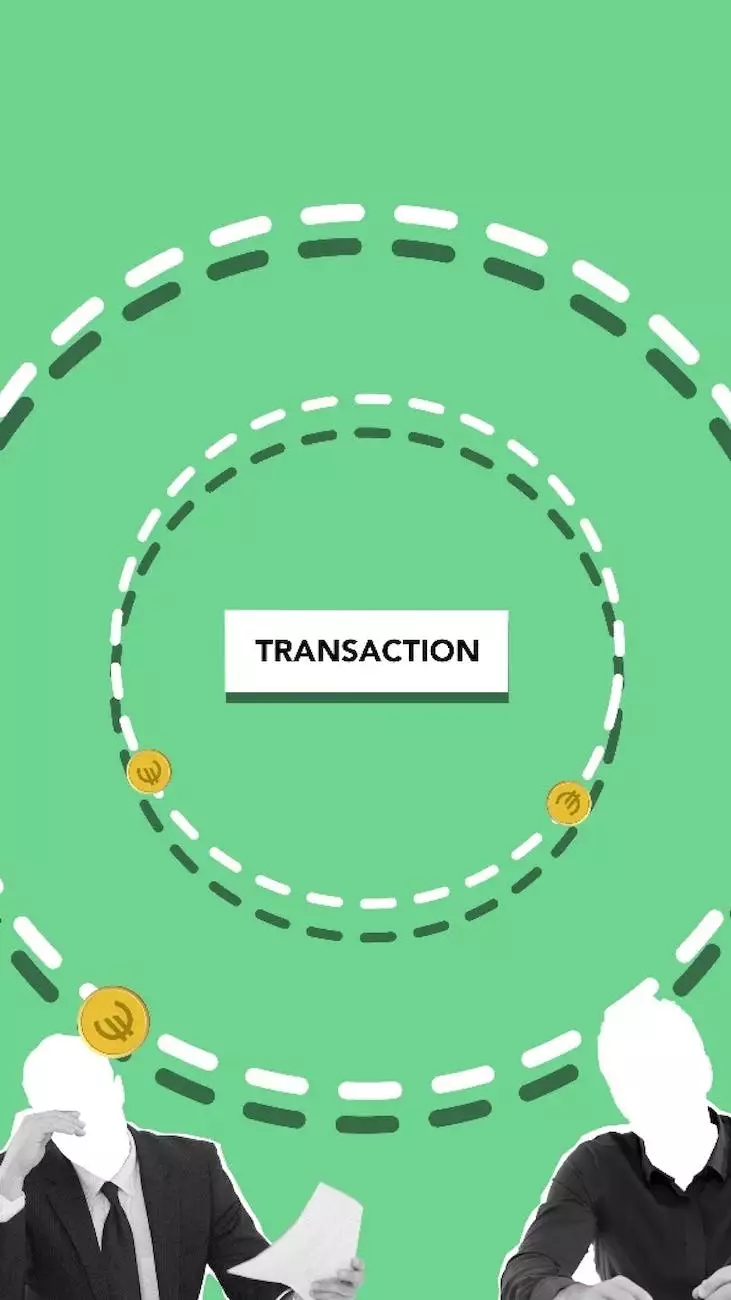How to Spot Contact Form Submission Spam

Introduction
In the realm of business and consumer services, maintaining a strong online presence is crucial. Whether you're a local business or a provider of SEO services, creating a robust website and utilizing contact forms to engage with potential clients is common practice. However, dealing with contact form submission spam can be a major challenge that affects user experience and business efficiency. In this comprehensive guide, we explore effective strategies to identify and prevent contact form spam, enabling you to optimize your website's performance and protect valuable data.
Understanding Contact Form Submission Spam
Contact form submission spam refers to the undesired and unsolicited form submissions that flood your website's contact forms. These submissions are typically generated by automated bots that aim to distribute malicious content or exploit vulnerabilities. The presence of spam can significantly impact your website's functionality, user experience, and even the reliability of the data collected.
Identifying Contact Form Spam
Recognizing contact form spam is essential to take appropriate measures to mitigate its impact. Here are some signs that can help you identify potential spam submissions:
1. Suspicious or Irrelevant Content
Spam submissions often contain irrelevant, illegitimate, or nonsensical content that does not relate to the purpose of the contact form. These submissions may include random characters, unrelated links, or inconsistent formatting. Pay close attention to submissions that appear out of context or seem suspicious.
2. Unusual Contact Information
Spam submissions commonly feature unusual or fake contact information. Look out for email addresses with random combinations of letters and numbers, suspicious domain names, or invalid phone numbers. These anomalies can be indicative of spam submissions.
3. High Volume of Submissions
If you notice a sudden surge in the number of submissions, especially within a short period, it's essential to investigate further. Automated spam bots often bombard websites with a high volume of submissions to saturate contact forms and overwhelm website administrators.
4. Inconsistent User Behavior
Regular website users generally exhibit a consistent pattern in their interactions. Contact form spam, on the other hand, may display erratic behavior, such as submitting forms multiple times within seconds, leaving empty mandatory fields, or submitting forms too quickly or too slowly. Monitoring and analyzing user behavior can reveal abnormal patterns associated with spam submissions.
Preventing Contact Form Spam
Now that we've discussed how to identify contact form spam let's explore several proactive measures to prevent spam submissions:
1. Implement CAPTCHA or reCAPTCHA
Using CAPTCHA or reCAPTCHA mechanisms is an effective way to differentiate between human users and automated bots. Adding simple tests, such as image recognition or checkbox challenges, helps ensure that only genuine users can submit the contact form.
2. Utilize Form Validation
Implementing form validation can verify the input fields in your contact form, ensuring that users provide valid and legitimate information. This can help filter out automated submissions that often contain invalid data.
3. Enable Honeypot Technique
The honeypot technique involves adding hidden fields to your contact form that are invisible to regular users but visible to spam bots. If a spam bot fills out these hidden fields, the submission can be flagged as spam and discarded automatically.
4. Utilize IP Blocking and Blacklisting
Blocking specific IP addresses or using blacklists can prevent known spam bots from accessing and submitting forms on your website. Regularly updating and maintaining these blocks and blacklists can significantly reduce the risk of contact form spam.
5. Regularly Monitor and Analyze Form Submissions
Establish a system to monitor and review form submissions consistently. Analyzing submission patterns, such as submission timing, user behavior, and content relevance, can help identify spam trends. Continuous monitoring ensures early detection and timely action.
Conclusion
Contact form submission spam can be a detrimental issue for any business or SEO service provider. By being proactive and implementing effective strategies to identify and prevent spam submissions, you can enhance your website's user experience, protect your data, and maintain the integrity of your online presence. Remember to stay vigilant, regularly update your prevention measures, and adapt to evolving spamming techniques to effectively combat contact form spam.










